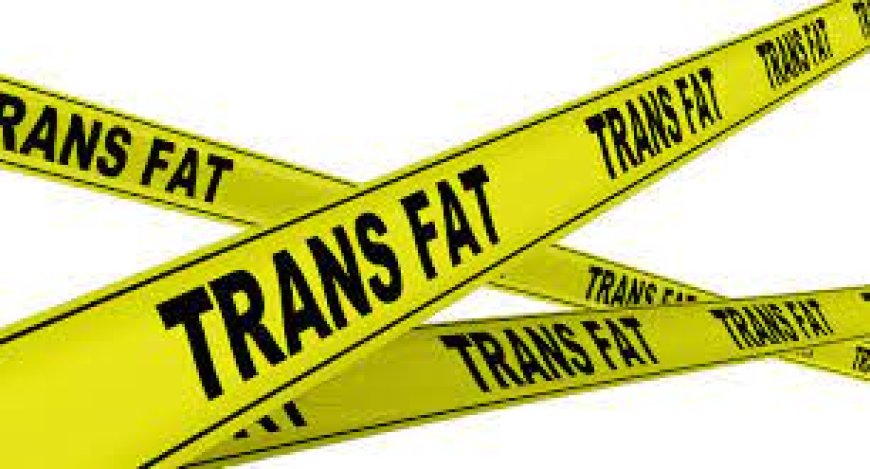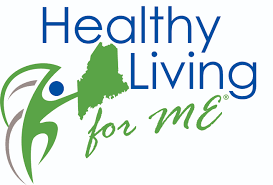Trans Fats Define: Comprehensive Foods with Trans Fats List and Molecular Structure Insights
Learn about trans fats define, their molecular structure, and why they are detrimental to your health. Explore a comprehensive list of foods with trans fats and make informed dietary choices for better well-being.

Trans fats define a group of artificial fats with a specific molecular structure that poses significant health risks, especially cardiovascular health. These fats, also known as trans fatty acids, have become a topic of increasing concern in nutrition and wellness. They result from hydrogenation, where hydrogen is added to liquid vegetable oils to make them solid at room temperature. Though trans fats have been used in processed foods for decades, their adverse effects on human health have drawn widespread attention and led to changes in dietary recommendations and food labelling regulations. To promote healthier eating habits, we must educate ourselves about the dangers of trans fats, which is why we've compiled a comprehensive "Foods with Trans Fats List."
Foods with Trans Fats List.
Below is a comprehensive compilation of foods with trans fats:
Fast Foods: This category includes items like tater tots, French fries, fried chicken, onion rings, and nuggets, often prepared using oils with trans fats to achieve a desirable texture and taste.
Spreads: Some spreads, such as margarine spreads and certain brands of peanut butter, may contain trans fats. It's important to check the labels to identify products with trans fats.
Snack Foods: Trans fats can be found in various snack foods, including chips, crackers, and cookies. Many commercially-produced versions of these snacks use partially hydrogenated oils to enhance shelf life and taste.
Nondairy Creamer: Some nondairy creamers, used as milk substitutes in coffee and tea, may contain trans fats. Always review the product's ingredients list to identify trans fats.
Cake Frostings: Pre-prepared cake frostings available in stores can contain trans fats. It's advisable to check labels or consider homemade frosting options to avoid trans fats.
Vegetable Shortening: Vegetable shortening is a product high in trans fats. It is often used in baking and frying to achieve specific textures.
Commercially Prepared Products: Many commercially prepared products like pie crusts, pizza dough, and cookie dough may contain trans fats. Reading product labels is essential to identify such ingredients.
Pastries, Donuts, and Pies: Some pastries, doughnuts, and pies that are commercially produced or purchased from bakeries may contain trans fats due to partially hydrogenated oils in their preparation.
Trans fats chemical structure
Trans fats have a specific chemical structure characterized by the arrangement of carbon atoms in their fatty acid chains. Trans fats are unsaturated fats with one or more double bonds in their carbon chains. The term "trans" in trans fats refers to the configuration of these double bonds.
Here's a simplified representation of the chemical structure of a trans fat molecule:
H H
| |
H-C-C=C-H
|
H
In this representation:
The horizontal lines represent carbon-carbon (C-C) single bonds.
The double line (C=C) represents a carbon-carbon double bond.
The "H" represents hydrogen atoms bonded to carbon atoms.
The "trans" configuration occurs when the two hydrogen atoms connected to the carbon atoms involved in the double bond found on the opposite sides of the double bond. This configuration leads to a straighter or more linear alignment of the carbon chain compared to the "cis" structure, where the hydrogen atoms are on the same side of the double bond, causing a kink or bend in the chain.
It's this trans configuration that gives trans fats their unique properties and makes them behave differently in our bodies compared to healthier fats like monounsaturated and polyunsaturated fats. This structural difference is also responsible for the negative health effects of trans fats, such as an increased risk of heart disease and other health issues.
Are trans fats bad?
Yes, trans fats are bad for your health, especially in excessive amounts. Trans fats are unsaturated fats with a specific molecular configuration that sets them apart from healthier fats like monounsaturated and polyunsaturated fats. The negative aspects of trans fats are primarily attributed to their impact on cardiovascular health and other health risks. Here's why trans fats are considered bad:
Raise "Bad" Cholesterol (LDL): Trans fats are known to raise the levels of low-density lipoprotein (LDL) cholesterol, often referred to as "bad" cholesterol, in the bloodstream. High LDL cholesterol levels are associated with an increased risk of heart disease and atherosclerosis (hardening of the arteries).
Lower "Good" Cholesterol (HDL): Trans fats can also lower the levels of high-density lipoprotein (HDL) cholesterol, which is considered "good" cholesterol. HDL helps remove LDL cholesterol from the bloodstream, so decreasing HDL levels can further elevate heart disease risk.
Increase Risk of Heart Disease: Consuming trans fats has been strongly linked to an increased risk of heart disease, heart attacks, and strokes. These fats contribute to plaque formation in the arteries, reducing blood flow and potential blockages.
Promote Inflammation: Trans fats may also promote inflammation in the body, associated with various chronic health conditions, including heart disease and diabetes.
Risk of Type 2 Diabetes: Evidence suggests that high consumption of trans fats may increase the risk of developing type 2 diabetes and insulin resistance.
Due to these health risks, many health organizations and governments worldwide have taken steps to limit or eliminate trans fats from the food supply. In some countries, trans fats are banned or heavily restricted in processed foods. When making dietary choices, it is generally advisable to avoid or minimize consumption of foods that contain trans fats and instead opt for healthier fats such as those found in olive oil, nuts, seeds, and fatty fish like salmon. Reading food labels can help you identify products that contain trans fats.
Conclusion
In conclusion, trans fats define a group of artificial fats with a specific molecular structure that poses significant health risks, especially cardiovascular health. The trans fats chemical structure is characterized by the arrangement of carbon atoms in their fatty acid chains, featuring one or more double bonds in the trans configuration. This structural distinction sets them apart from healthier fats. The dangers of trans fats are further emphasized by their impact on cholesterol levels, where they raise "bad" LDL cholesterol and lower "good" HDL cholesterol, significantly increasing the risk of heart disease. Moreover, trans fats promote inflammation, elevate the risk of type 2 diabetes, and contribute to arterial plaque formation. Given these health concerns, it's imperative to be aware of the foods with trans fats list and make informed dietary choices that prioritize heart health and overall well-being.







